Kleio T.
See all reviews
Master advanced statistical techniques and predictive modeling with Python. Acquire the essential skills for aspiring data scientists.

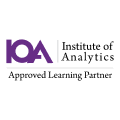
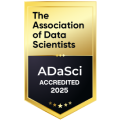


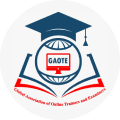
Skill level:
Duration:
CPE credits:
Accredited

Bringing real-world expertise from leading global companies
Bachelor's degree, International Economics, Management, and Finance
Description
Curriculum
Free lessons

1.1 Course Introduction
1 min

1.3 The linear regression model
6 min

1.5 Correlation vs regression
2 min

1.6 Geometrical representation of the Linear Regression Model
1 min
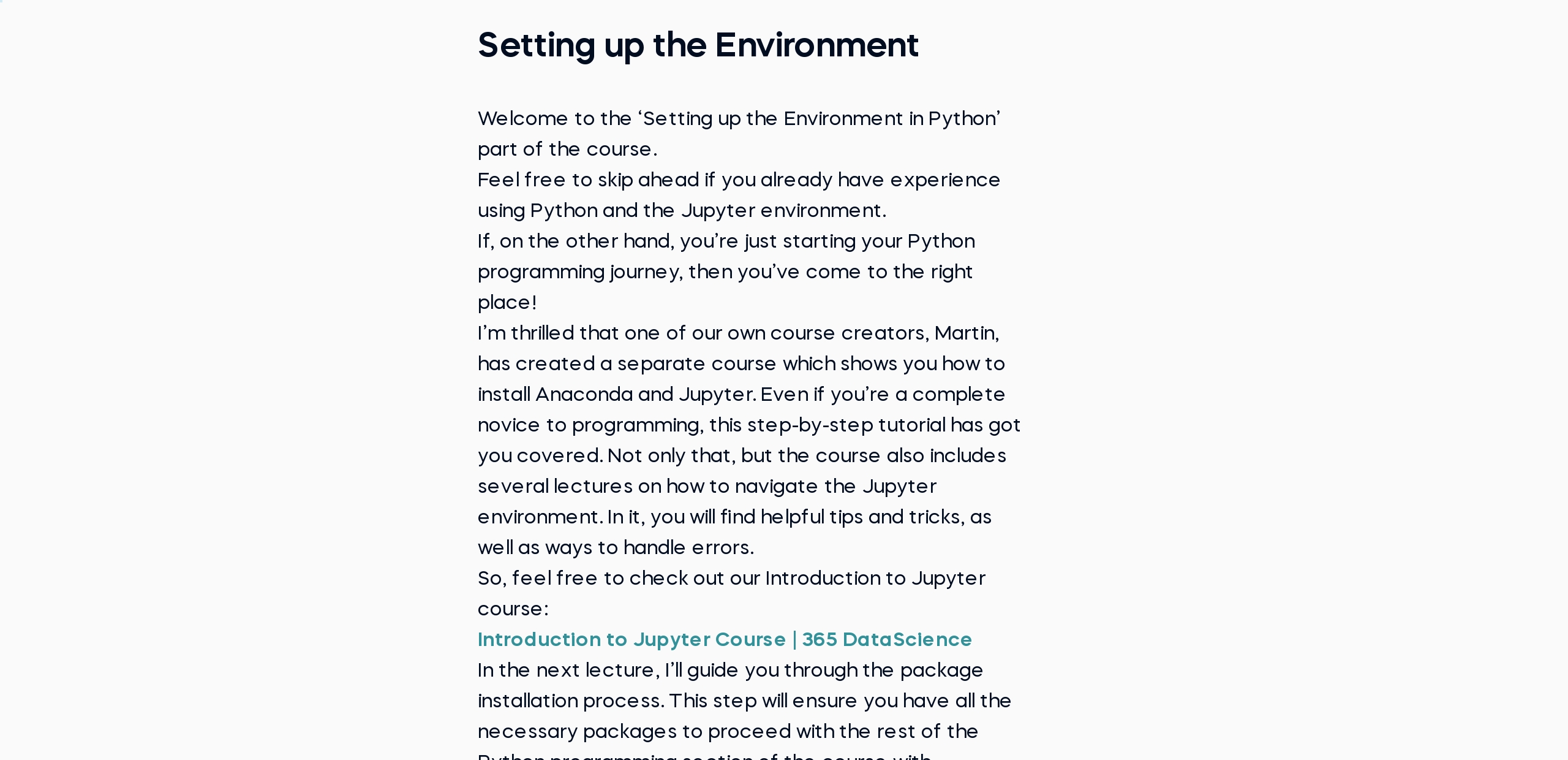
1.8 Setting up the Environment
1 min

1.9 Python packages installation
5 min
94%
of AI and data science graduates
successfully change
96%
of our students recommend
$29,000
average salary increase
ACCREDITED certificates
Craft a resume and LinkedIn profile you’re proud of—featuring certificates recognized by leading global
institutions.
Earn CPE-accredited credentials that showcase your dedication, growth, and essential skills—the qualities
employers value most.





Certificates are included with the Self-study learning plan.
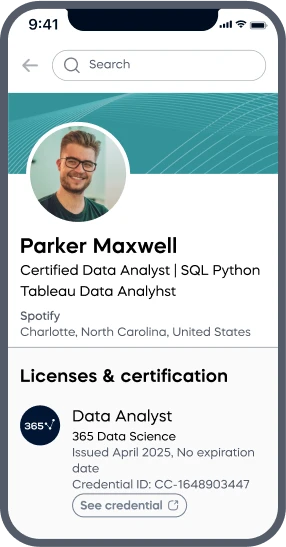
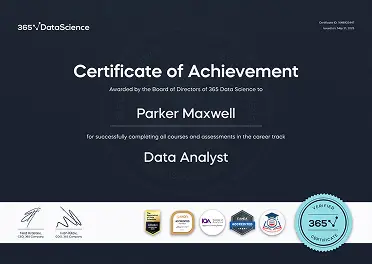
How it WORKS